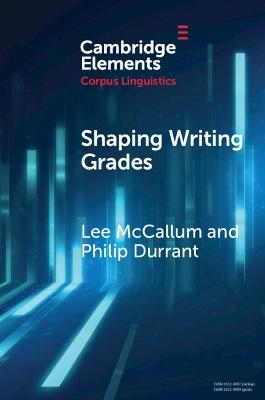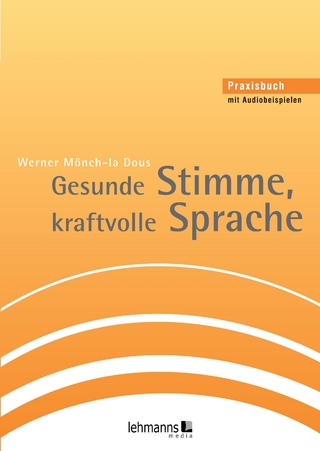
Shaping Writing Grades
Collocation and Writing Context Effects
Seiten
2022
Cambridge University Press (Verlag)
978-1-009-07444-5 (ISBN)
Cambridge University Press (Verlag)
978-1-009-07444-5 (ISBN)
This Element provides a comprehensive overview of collocation and writing quality as an area of academic scholarship and discusses the need for more multivariate research in studies that focus on understanding relationships between collocations and writing quality grades.
This Element explores relationships between collocations, writing quality, and learner and contextual variables in a first-year composition (FYC) programme. Comprising three studies, the Element is anchored in understanding phraseological complexity and its sub-constructs of sophistication and diversity. First, the authors look at sophistication through association measures. They tap into how these measures may tell us different types of information about collocation via a cluster analysis. Selected measures from this clustering are used in a cumulative links model to establish relationships between these measures, measures of diversity and measures of task, the language background of the writer and individual writer variation, and writing quality scores. A third qualitative study of the statistically significant predictors helps understand how writers use collocations and why they might be favoured or downgraded by raters. This Element concludes by considering the implications of this modelling for assessment.
This Element explores relationships between collocations, writing quality, and learner and contextual variables in a first-year composition (FYC) programme. Comprising three studies, the Element is anchored in understanding phraseological complexity and its sub-constructs of sophistication and diversity. First, the authors look at sophistication through association measures. They tap into how these measures may tell us different types of information about collocation via a cluster analysis. Selected measures from this clustering are used in a cumulative links model to establish relationships between these measures, measures of diversity and measures of task, the language background of the writer and individual writer variation, and writing quality scores. A third qualitative study of the statistically significant predictors helps understand how writers use collocations and why they might be favoured or downgraded by raters. This Element concludes by considering the implications of this modelling for assessment.
1. Introduction; 2. FYC programmes and the writing context; 3. Review of collocation-writing quality studies; 4. Methodology; 5. Study one: the cluster analysis; 6. Study two: the statistical modelling; 7. Study three: qualitative understandings of writing quality; 8. Conclusions; References.
| Erscheinungsdatum | 14.09.2022 |
|---|---|
| Reihe/Serie | Elements in Corpus Linguistics |
| Zusatzinfo | Worked examples or Exercises |
| Verlagsort | Cambridge |
| Sprache | englisch |
| Maße | 152 x 229 mm |
| Gewicht | 144 g |
| Themenwelt | Kinder- / Jugendbuch ► Sachbücher |
| Schulbuch / Wörterbuch ► Wörterbuch / Fremdsprachen | |
| Geisteswissenschaften ► Sprach- / Literaturwissenschaft ► Sprachwissenschaft | |
| ISBN-10 | 1-009-07444-X / 100907444X |
| ISBN-13 | 978-1-009-07444-5 / 9781009074445 |
| Zustand | Neuware |
| Haben Sie eine Frage zum Produkt? |
Mehr entdecken
aus dem Bereich
aus dem Bereich
Das umfassende Standardwerk auf der Grundlage der aktuellen amtlichen …
Buch | Hardcover (2024)
Duden (Cornelsen Verlag)
35,00 €


